Before smartphones turned every moment into a snapshot, families had to get a little creative about preserving their memories. It wasn’t as simple as tapping a screen or scrolling through a digital gallery. Instead, the process was more intentional, rooted in physical keepsakes, thoughtful storytelling, and traditions that often became cherished rituals.
From handwritten notes and photo albums to oral histories shared during family gatherings, these old-school methods carried a personal touch that today’s technology can’t quite replicate. Revisiting these timeless ways of capturing memories is not only nostalgic but also a reminder of the value of slowing down and truly savoring life’s meaningful moments.
Photo Albums
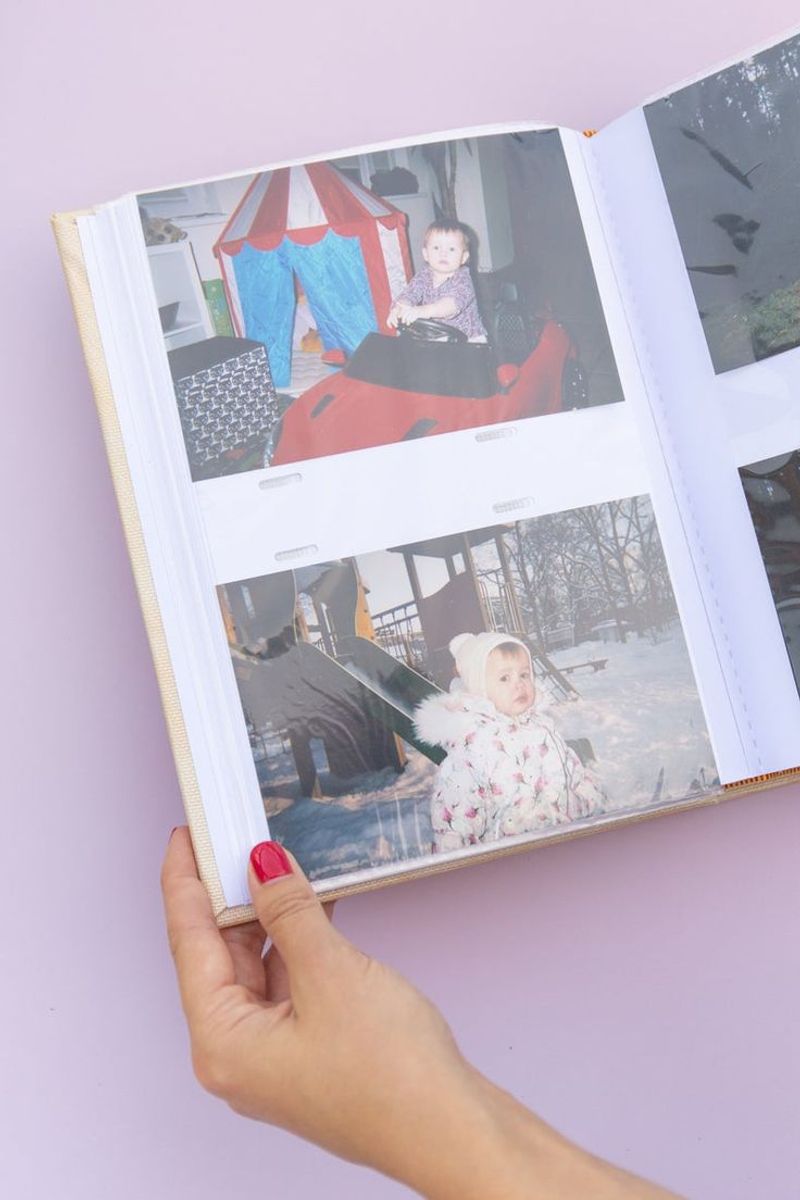
Photo albums were a staple in preserving memories before digital cameras and smartphones. Families would gather around, flipping through pages filled with carefully arranged photographs. The tactile experience of holding a photo and discussing its background enriched the memory. These albums often became treasured family heirlooms, passed down through generations.
Creating a photo album was an art in itself. Choosing the best shots, arranging them creatively, and even adding captions brought the stories to life. It was a labor of love that required patience and creativity, making the memories even more special.
Scrapbooking
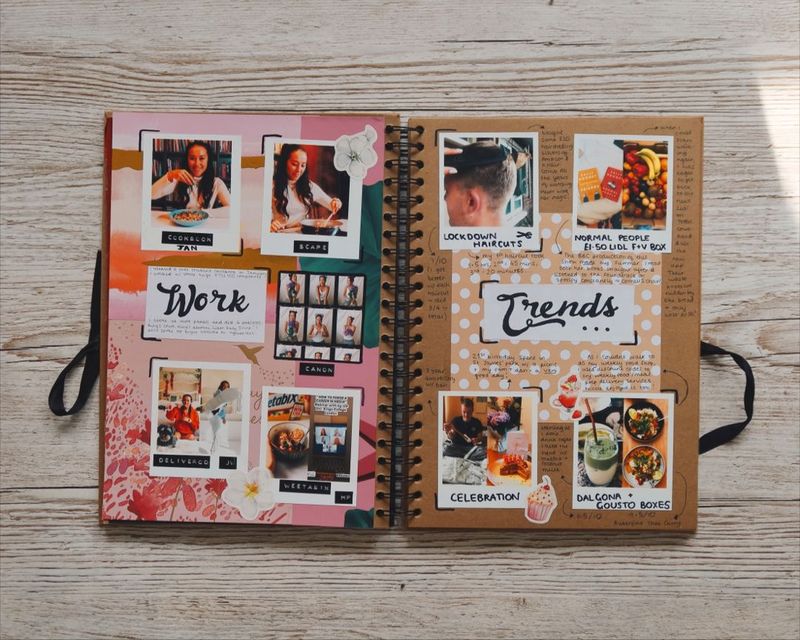
Scrapbooking took memory preservation to an artistic level. Families would compile not just photos, but also mementos like ticket stubs and letters. Each page became a creative canvas, telling a story beyond just images. The process of scrapbooking was often a collaborative effort, bringing family members together.
It encouraged creativity and bonding as everyone contributed to building a vivid, multi-dimensional collection of memories. The final product was a personalized book filled with memories, textures, and colors, capturing the essence of family experiences in a unique and tangible way.
Home Videos
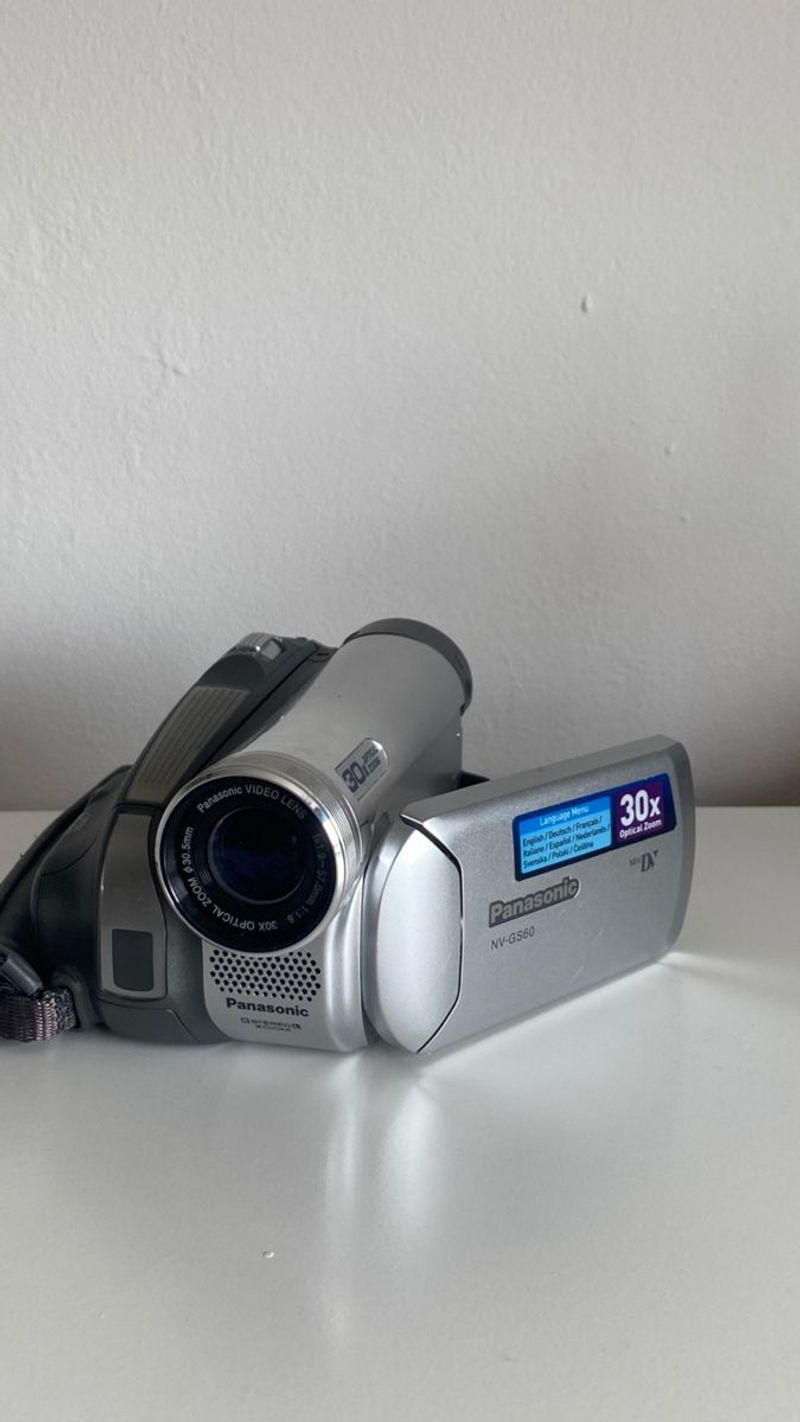
Before smartphones, capturing moving moments meant using home video cameras. These devices allowed families to record birthdays, holidays, and other special occasions. Watching these grainy, sometimes shaky videos became a cherished family activity.
Home videos offered a unique glimpse into the past, preserving the sounds and movements of loved ones. They were a way to relive moments that photographs couldn’t fully capture. Editing these videos might have been a challenge, but the joy of seeing a loved one’s smile or hearing their laughter made it worthwhile.
Handwritten Letters
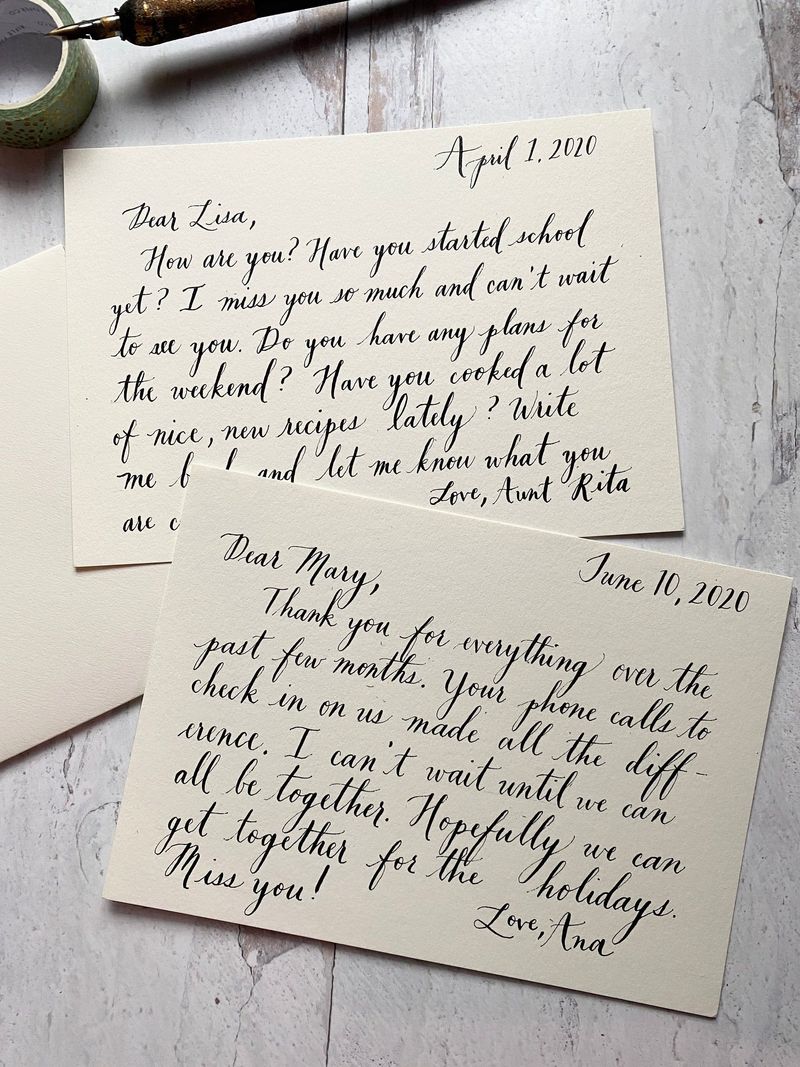
Handwritten letters were a common means of communication, especially for family members living apart. These letters captured personal thoughts, stories, and emotions in a way that texts and emails might not. Receiving a letter was an event, and the anticipation added to its charm.
The tactile nature of paper and ink created a connection between the writer and the reader. Families often kept these letters in bundles, revisiting them over the years. They served as a written record of the past, preserving not just facts, but feelings and relationships.
Family Journals
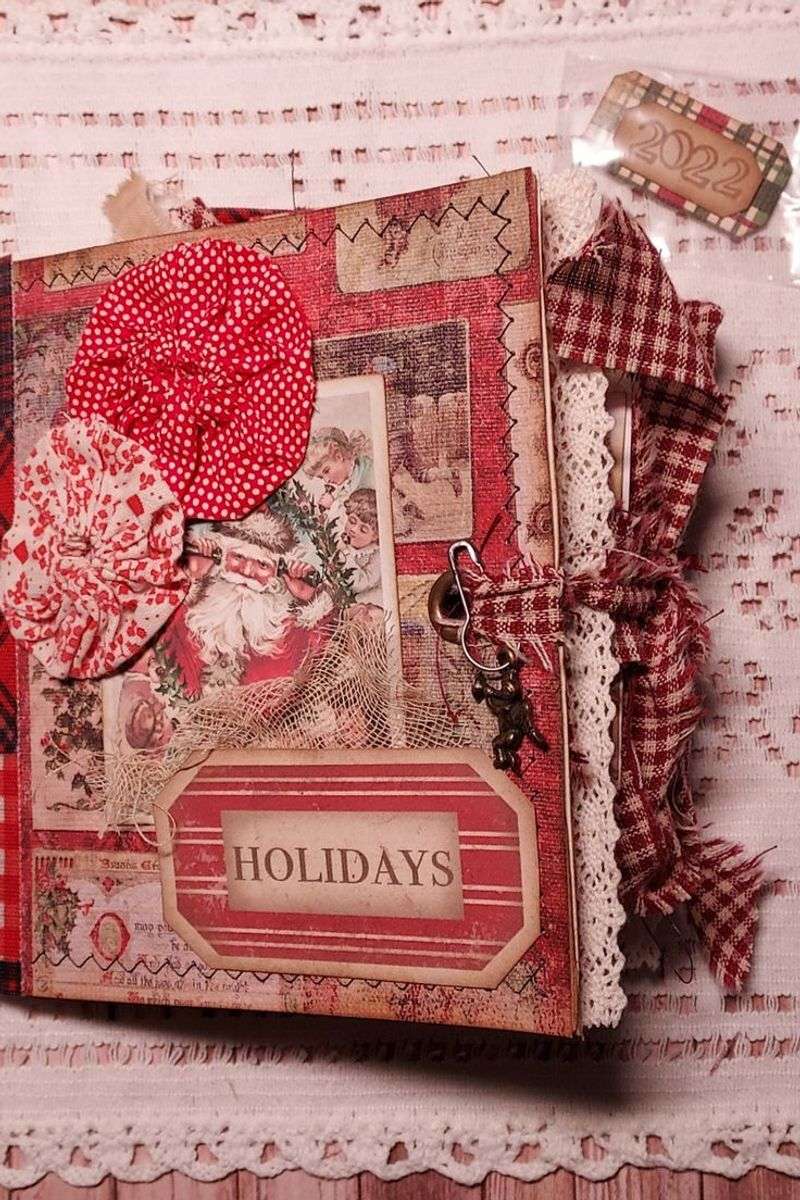
Family journals were a collective effort, with each member contributing entries about daily life and special events. These journals became a repository of family history, preserving stories from each person’s perspective.
Writing in a family journal encouraged reflection and communication, offering a space for both mundane and extraordinary experiences. Over time, these journals became treasured collectibles, passed down through generations. They provided a unique insight into family dynamics and personal growth, capturing the essence of life in a way that digital records often miss.
Photo Slideshows

Photo slideshows were a popular way to share memories, especially during family gatherings. Using a slide projector, families could relive vacations, celebrations, and everyday moments. The ritual of setting up the projector and dimming the lights added to the experience.
Each slideshow was an event, offering a chance to recount stories behind the images. The physical slides sometimes even carried fingerprints, a testament to their frequent handling. These slideshows were interactive and engaging, creating a shared experience that brought family members closer together, fostering connection and nostalgia.
Recipe Cards
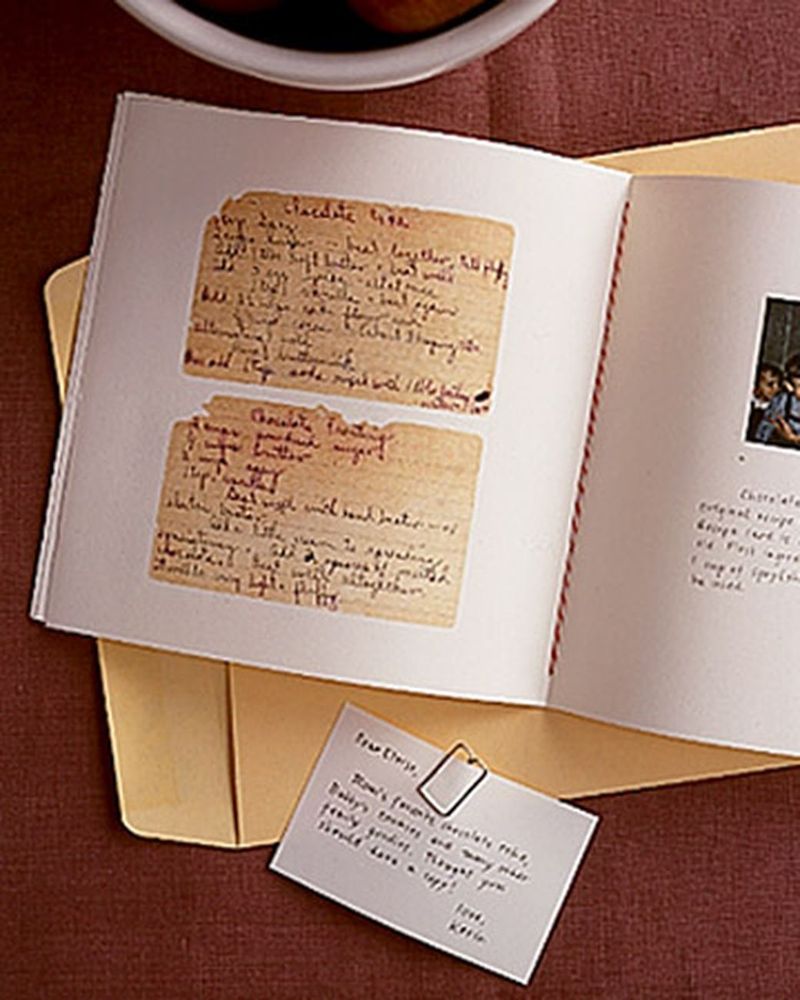
Recipe cards were more than just instructions for meals; they were a way to pass down family traditions. Cooking from these cards connected generations, as each dish carried memories and stories. The stains and notes on the cards added to their charm, reflecting years of use and love.
Sharing recipes was an act of love, ensuring that family flavors and techniques were preserved. These cards often included personal touches and anecdotes, making each dish unique. Cooking from them was like cooking alongside an ancestor, keeping their memory alive through flavors and aromas.
Memory Boxes
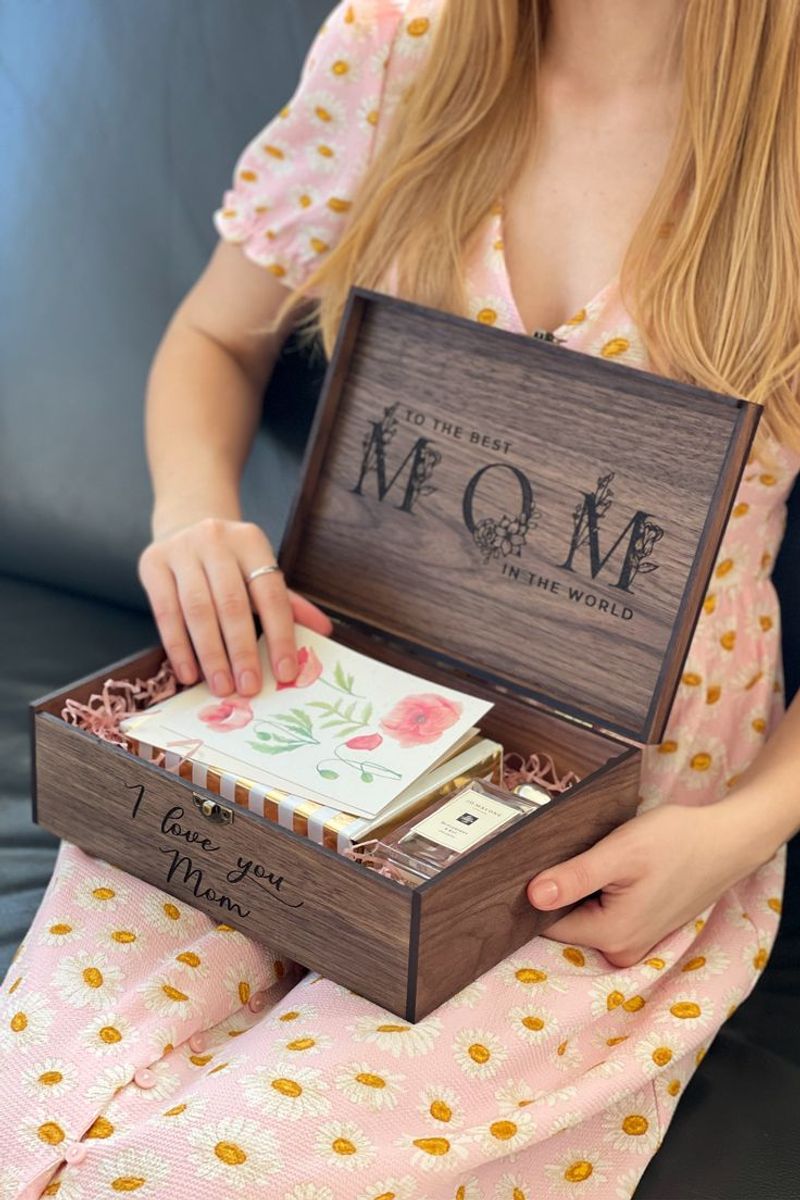
Memory boxes served as personal time capsules, filled with cherished keepsakes that held sentimental value. Families would store items like jewelry, letters, and childhood toys, each carrying a unique story. Opening a memory box was like stepping back in time, revisiting moments and emotions.
These boxes were often hidden treasures, tucked away in attics or closets, waiting to be rediscovered. They provided a tangible connection to the past, preserving the essence of family history in a way that digital storage cannot. Each item within was a piece of a larger narrative, intricately woven together.
Oral Histories
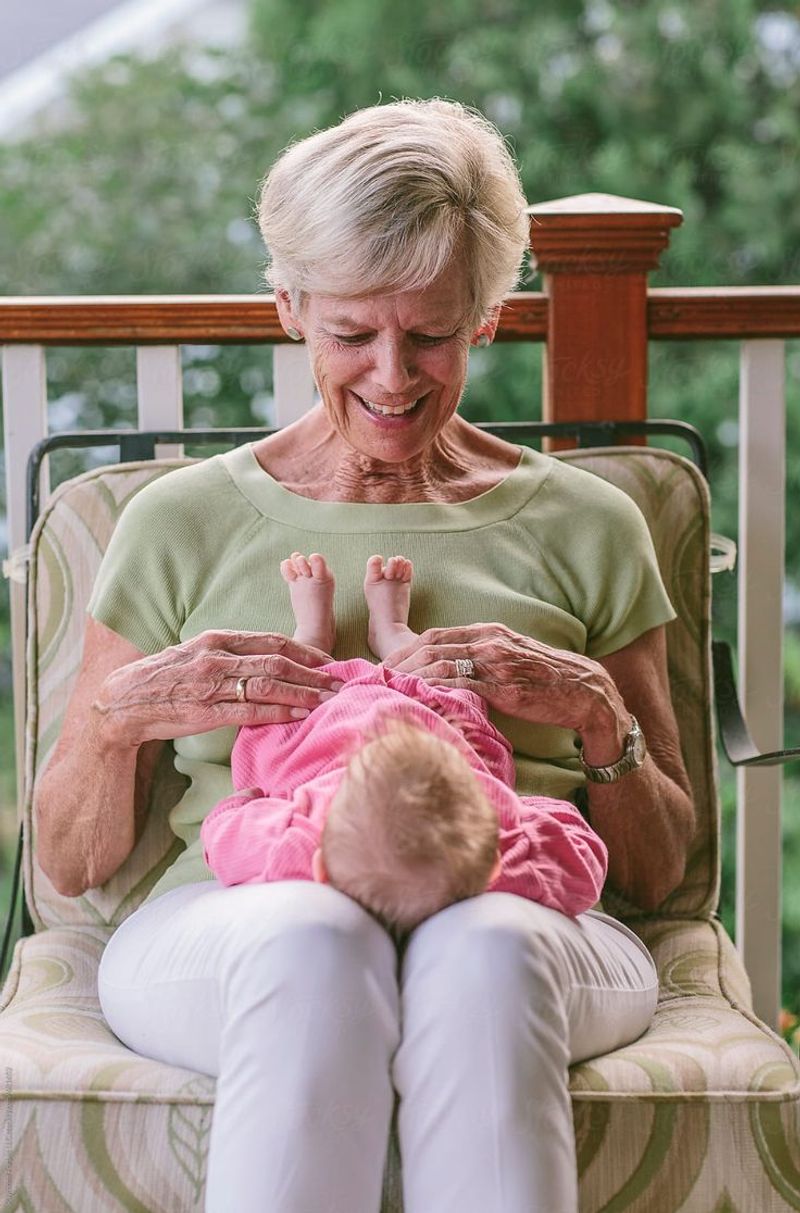
Oral histories were a vibrant way to keep family stories and traditions alive. Elders would share tales of their youth, cultural anecdotes, and family legends with the younger generations. These stories were often told during gatherings, creating a rich tapestry of shared history.
Listening to oral histories fostered a sense of identity and belonging, connecting family members through shared experience. The practice encouraged active listening and storytelling skills, ensuring that these narratives were passed down. Unlike written records, oral histories were dynamic, adapting with each retelling while preserving core elements.
Crafted Keepsakes
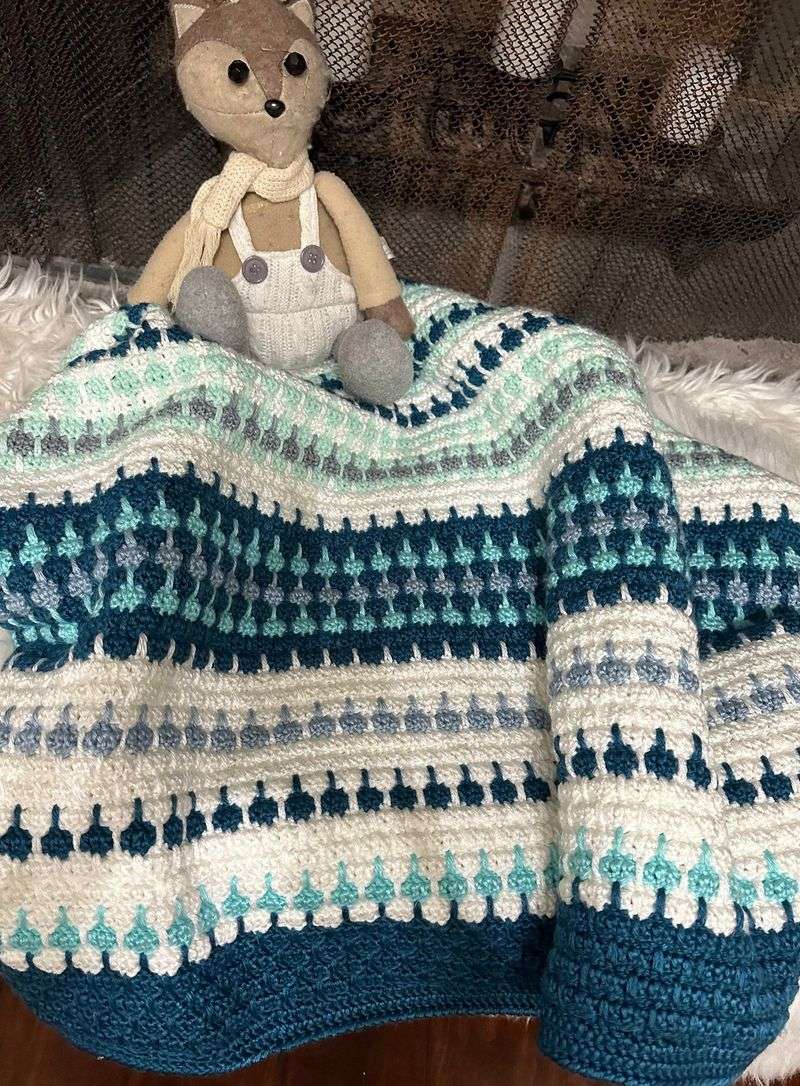
Crafted keepsakes like quilts and knitted items were tangible expressions of love and heritage. These handmade items often carried stories of their own, using fabric from old clothes or materials with personal significance.
Creating these keepsakes was a communal activity, with skills passed down through generations. Each stitch was a connection to the past, a way to honor ancestors and preserve family history. The finished product was more than an object; it was a testament to the time, effort, and love invested in its creation, offering warmth and comfort for years to come.
